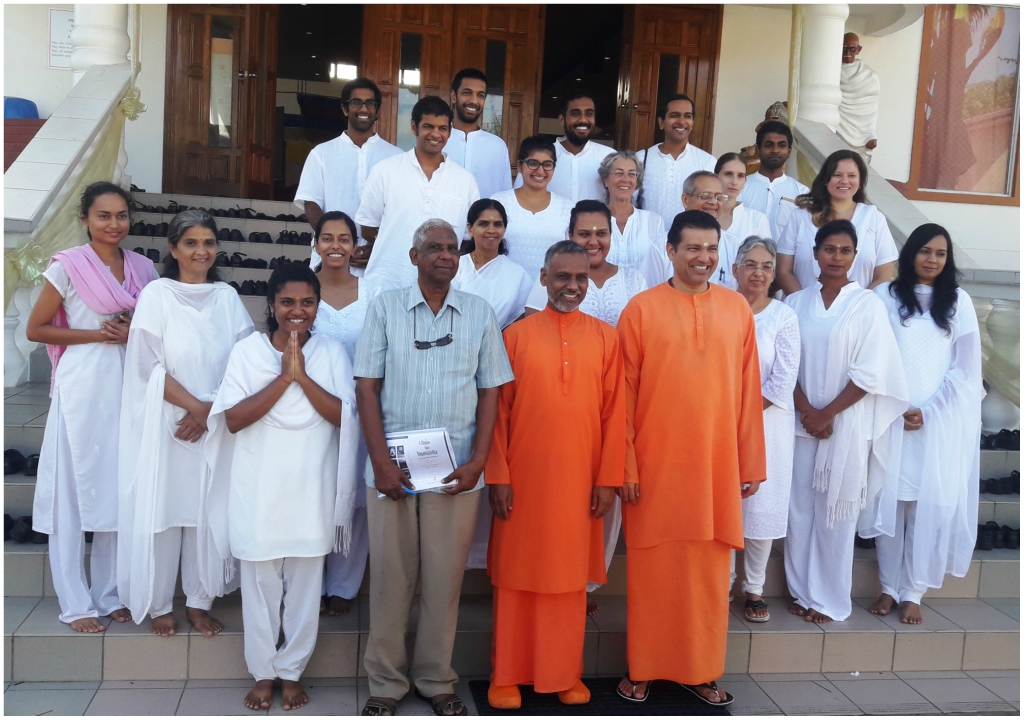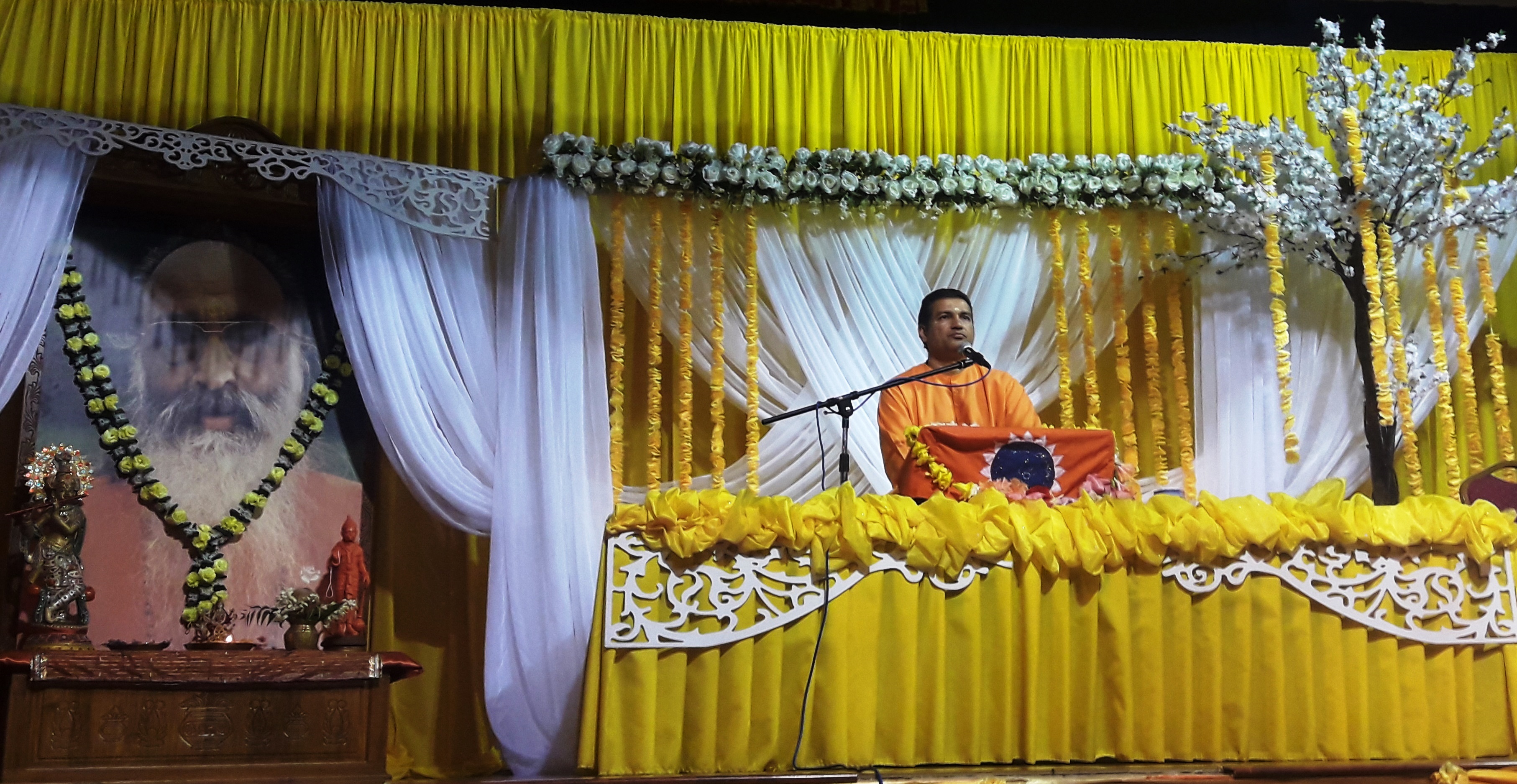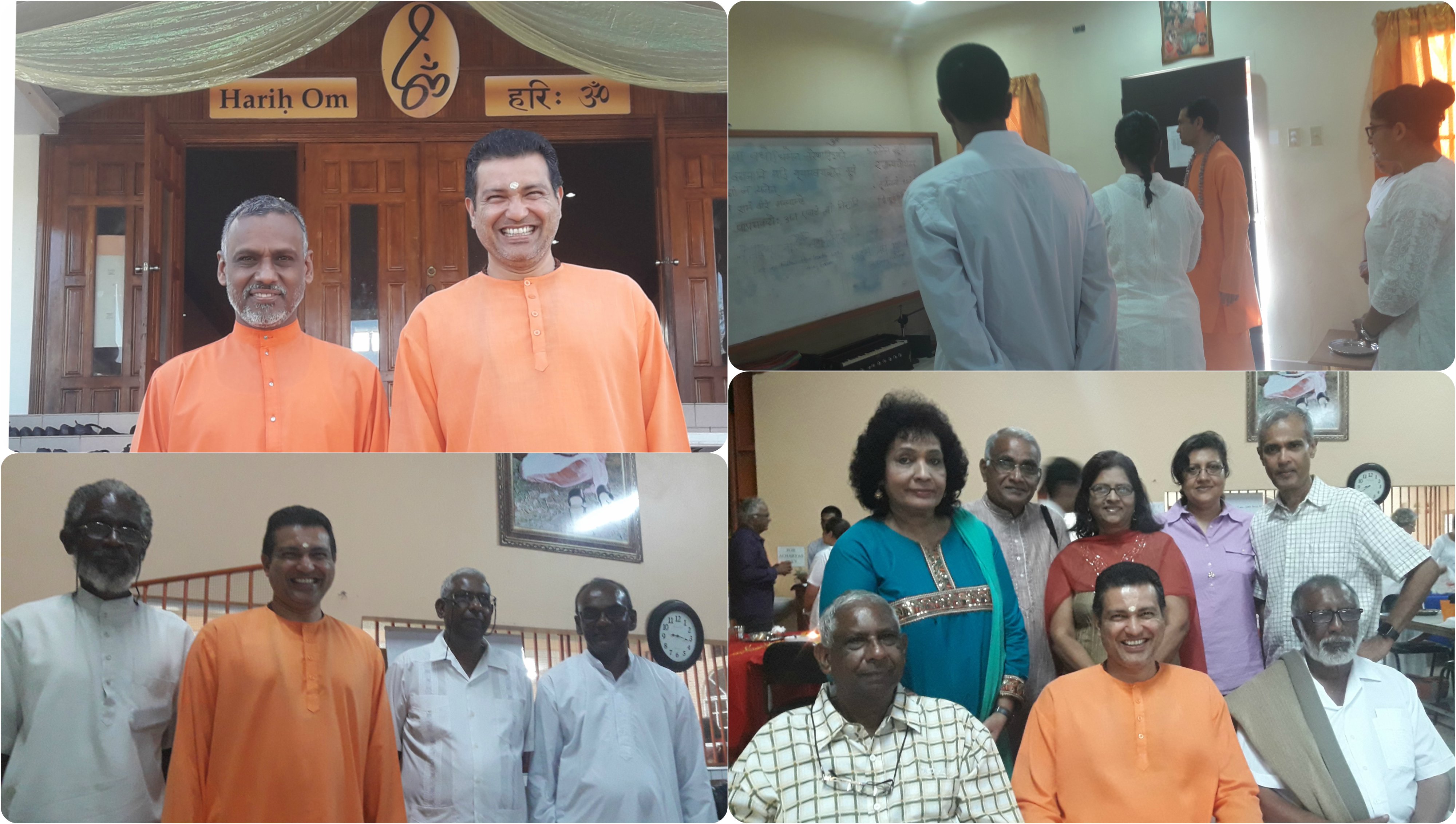IS GOD A CREATION OF THE HUMAN MIND?
IS GOD A CONCEPT?
Concepts are finite and speak of only some aspects of GOD.
Some are definitely beneficial.
EXAMPLE…faith that God is the protector
…that He is compassionate gives courage and solace.
However…the Infinite Lord is
beyond all concepts and imaginations.
It is said…‘God defined is God defiled’
as a finite concept of God cannot be
the Lord of the INFINITE UNIVERSE.
GOD is the Infinite Truth…
the illuminator of all thoughts and
THEREFORE remains untouched and untainted
by ANY views, standpoints or concepts about HIM.
There may be doubts about the nature of God
BUT how there can BE…
any doubt about His EXISTENCE?
His glory is perceived as this most ENCHANTING world.
The unimaginable expanse of countless cosmoses…
the VARIED beings…the inexplicable working of the universe…
the unbelievable beauty of nature…are manifestations of His GLORY.
The Vedas say: ‘All that we can possibly
perceive and conceive is His glory alone.
HE is still far beyond His manifested glory.’
Who is Isha/God? Isha/Ishwara is one who rules.
God is omnipotent…all powerful…
the undisputed Lord of the universe.
He is TOTALLY independent.
HE can do…undo…do otherwise
anything and EVERYTHING HE wills.
However…this can be appreciated ONLY
when we turn inwards.
Then…we see His glory everywhere
AND become free of all worldly sorrow!!!
– – Swami Tejomayananda



